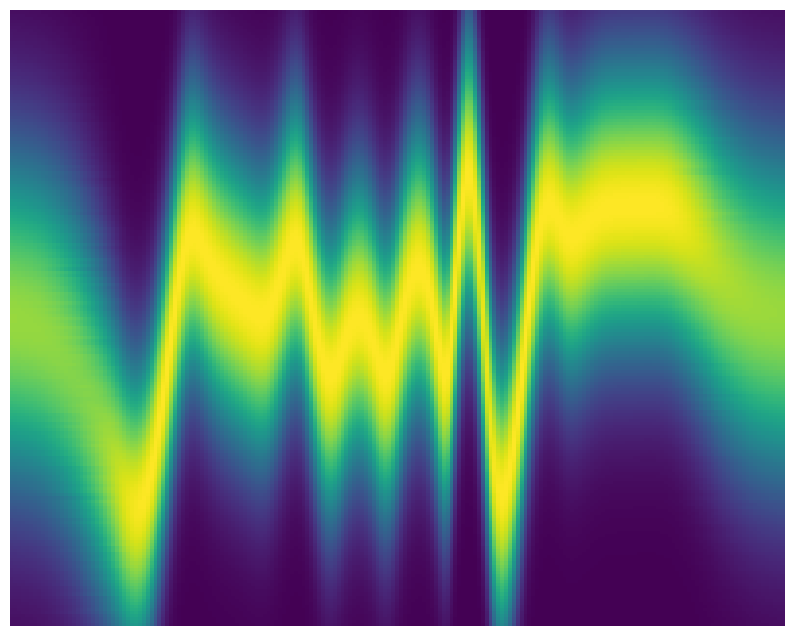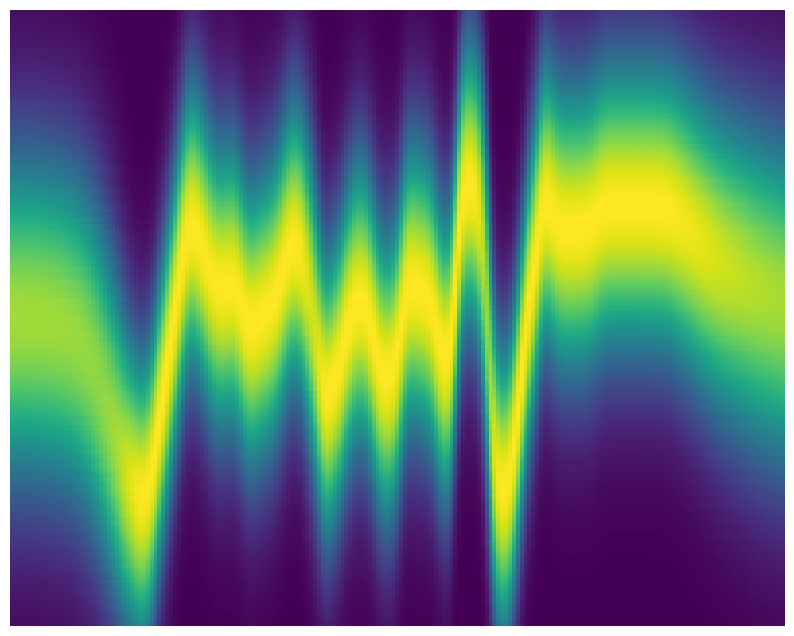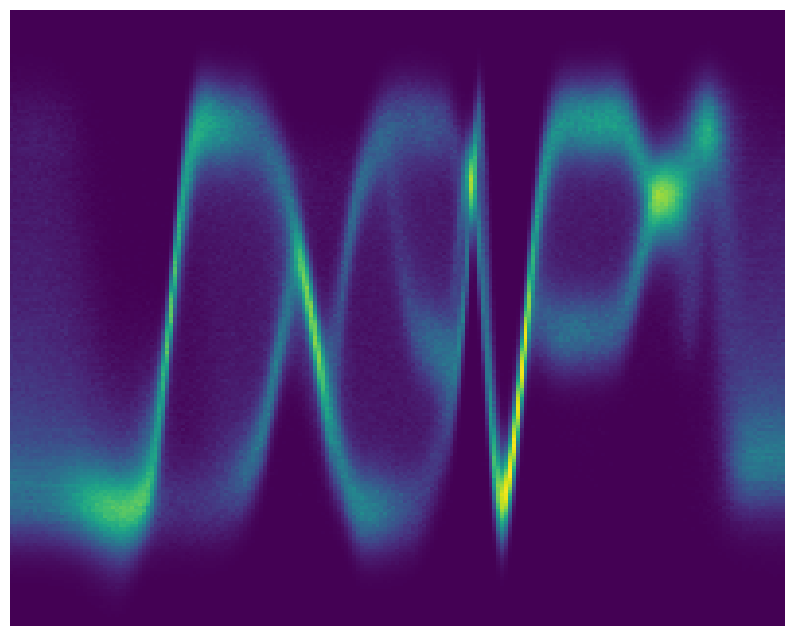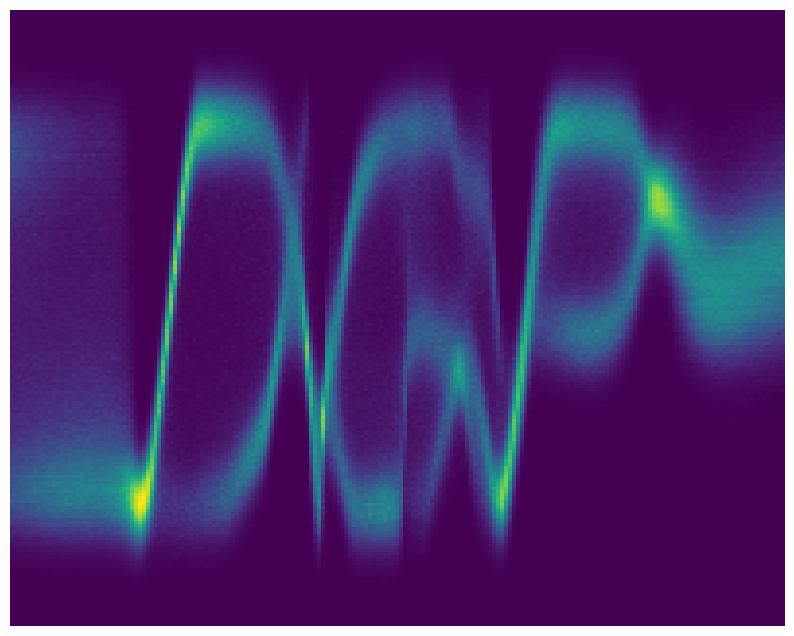⚠️ This is old, untested and undocumented code. It's only use-case is to reproduce the experiment below using the original code. The original experiment and the code inexperiment.pywas written by Hugh Salimbeni for the paper Deep Gaussian Processes with Importance-Weighted Variational Inference. The code undersrcis an early version of GPflux.
Toy Deep Gaussian Process Experiment
Code to reproduce experiment Fig. 1 from Salimbeni et al. (2018) and Fig. 7 from Leibfried et al. (2021).
| GP | GP + GP | Latent Layer (LL) + GP | LL + GP + GP |
 |
 |
 |
 |
Installation
Disclaimer: legacy code written in Python 3.6 and TensorFlow 1.5.
The experiment uses a (very) early version of GPflux (contained in this repo under source) and GPflow 1.2.0 (commit hash).
Step 1.
Create a virtual environment with Python 3.6, using for example anaconda. After a successful installation of (mini) conda, a new virtual env can be created and activated using
conda create -n py36 python=3.6 && conda activate py36Step 2.
Install the dependencies
pip install -r requirements.txtRun the experiments
From the repo's root directory run
python experiment.py --configuration G1 --mode VIwhich will create a shallow sparse GP model, train and evaluate it. The results will be stored in the directory results. For a latent-variable shallow sparse GP model, run
python experiment.py --configuration L1_G1 --mode VIand for deep sparse GP versions of the former (with two layers each) run
python experiment.py --configuration G1_G1 --mode VIand
python experiment.py --configuration L1_G1_G1 --mode VINote that each experiment will create separate folders in the results directory.